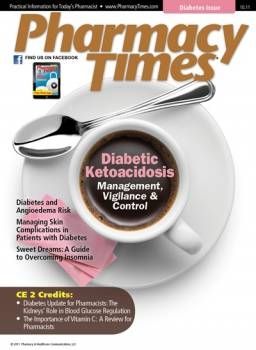Publication
Article
Pharmacy Times
EHRs Linked To Pharmacies Boost Adherence
New evidence strengthens the case for electronic health records (EHRs) that streamline the nation’s fragmented health care delivery model. According to a study by Kaiser Permanente, chronic disease patients who are treated in an integrated health system that links EHRs to its own pharmacy are more likely to fill their prescriptions.
Primary nonadherence—a term for when patients don’t fill new prescriptions—is a costly problem that is inherently difficult to track due to inconsistencies in the records systems that process medication orders and pharmacy claims data. The potential of EHRs to shore up these gaps is also an opportunity to learn more about an at-risk group, said lead study author Marsha Raebel, PharmD.
“This group of people has historically been ignored because prescriptions were written on a piece of paper,” said Dr. Raebel, a pharmacotherapy researcher at the Kaiser Permanente Colorado Institute for Health Research and the University of Colorado School of Pharmacy. With better electronic prescribing practices, “we can find out which patients did not pick up their first prescription for medications they need,” she said.
The study examined pharmacy records of 12,061 patients who received care from Kaiser Permanente Colorado, an integrated health system. Dr. Raebel and colleagues found that primary nonadherence was 7% for blood pressure medications, 11% for diabetes medications, and 13% for cholesterol-lowering medications. Primary nonadherence in non-integrated systems can be as high as 22%, authors reported in the September 6, 2011, online issue of the Journal of General Internal Medicine.
A portion of that difference can be attributed to more accurate data— another benefit of integrated systems, the researchers noted. “Having electronic health record medication order entry linked to pharmacy dispensing information makes it much easier for clinicians and researchers to identify patients who are not getting their new prescriptions filled,” said Dr. Raebel.







